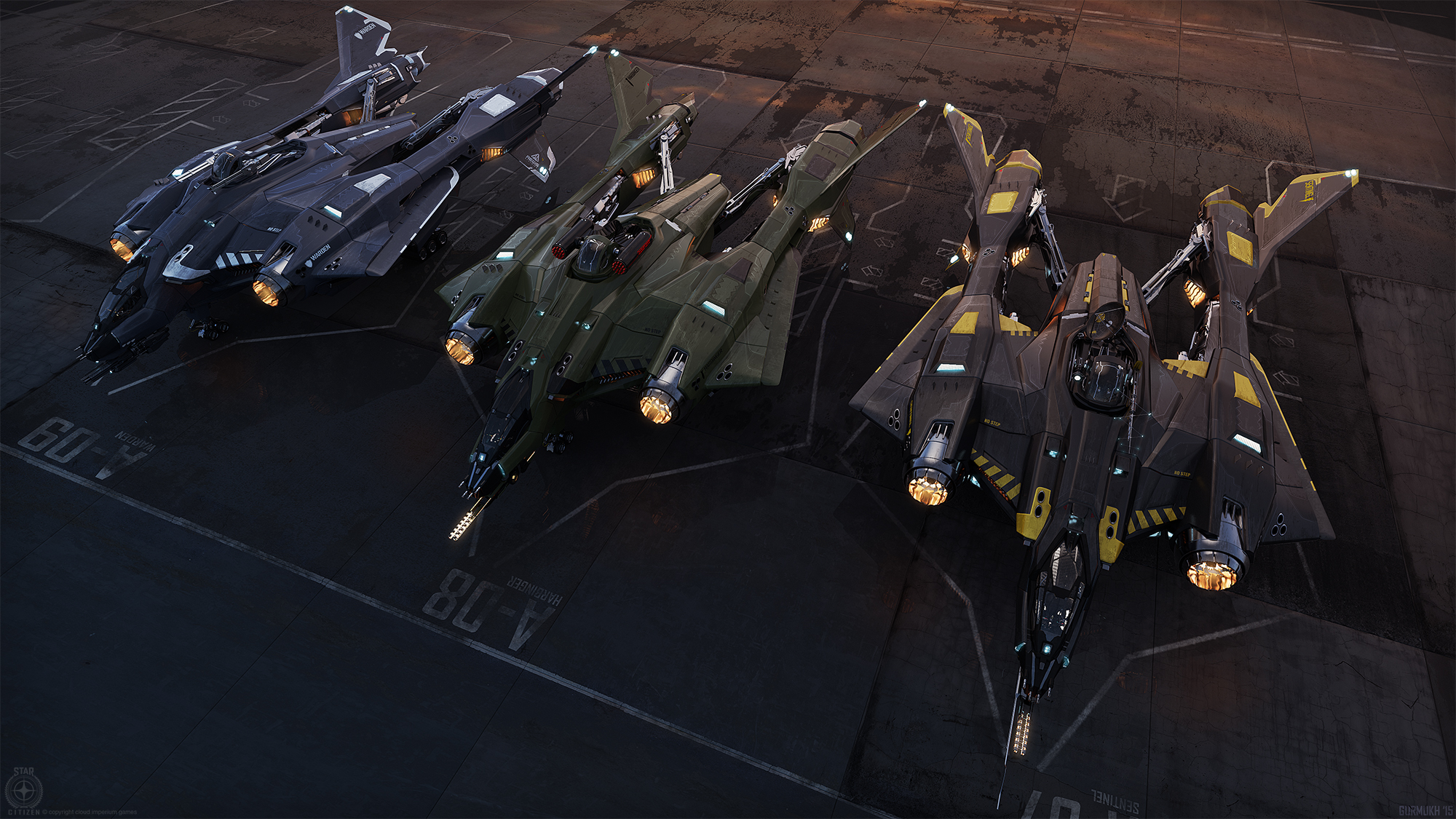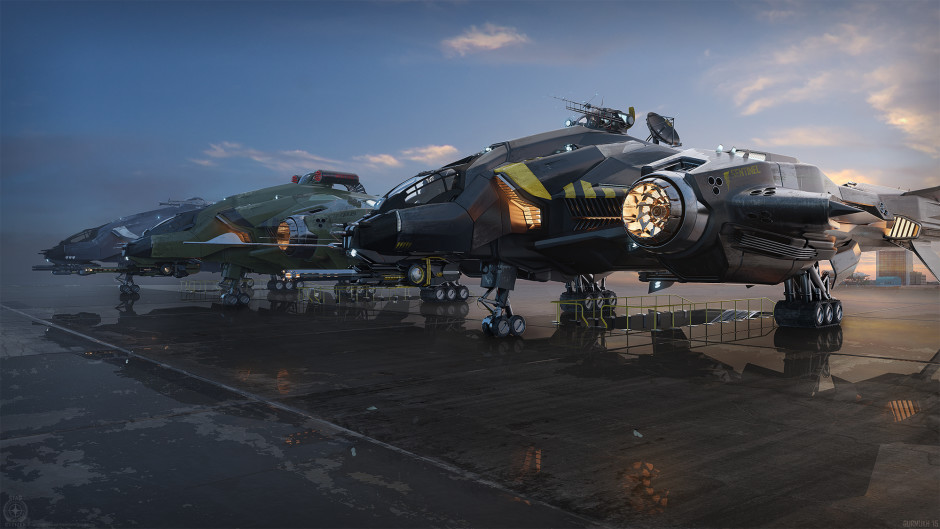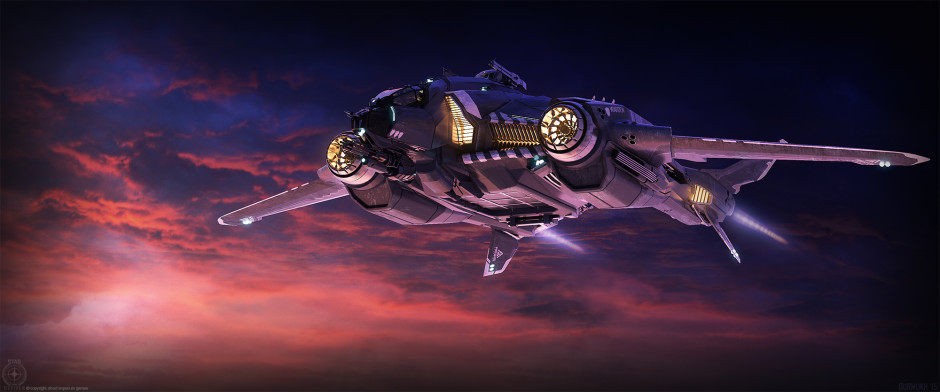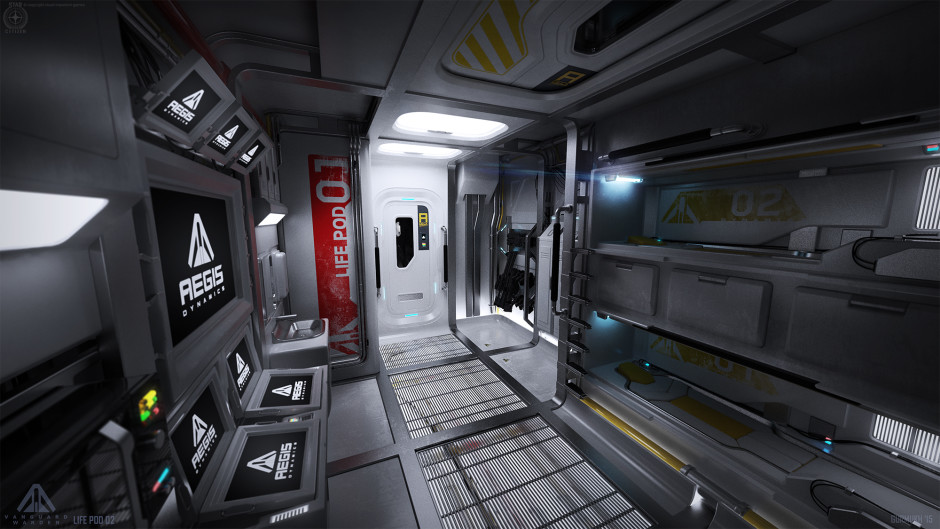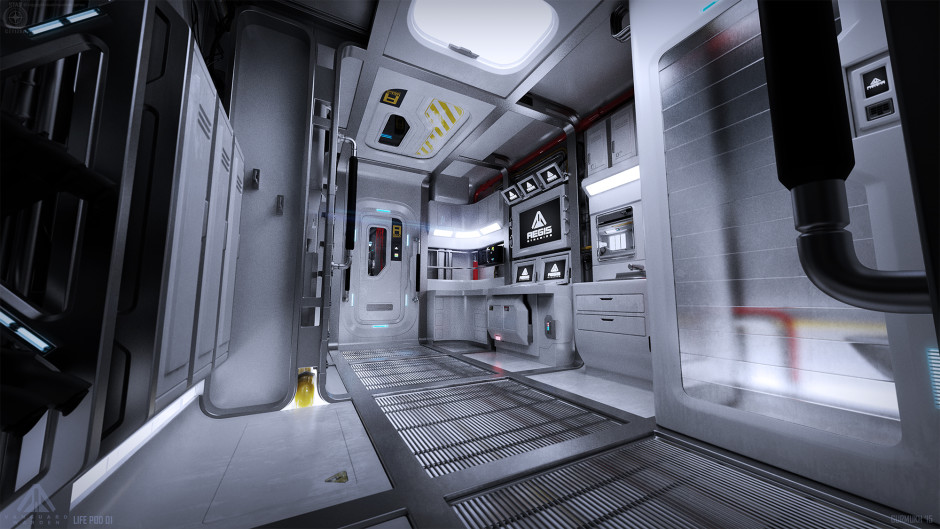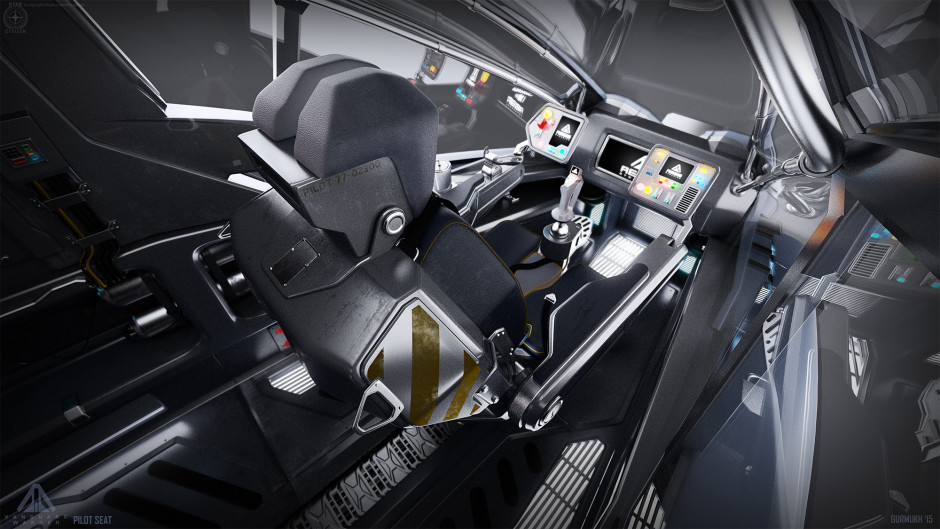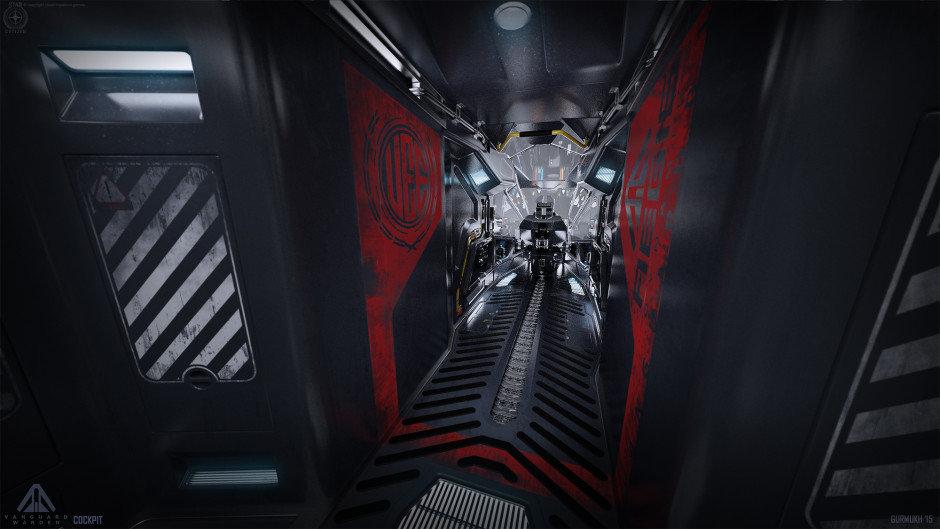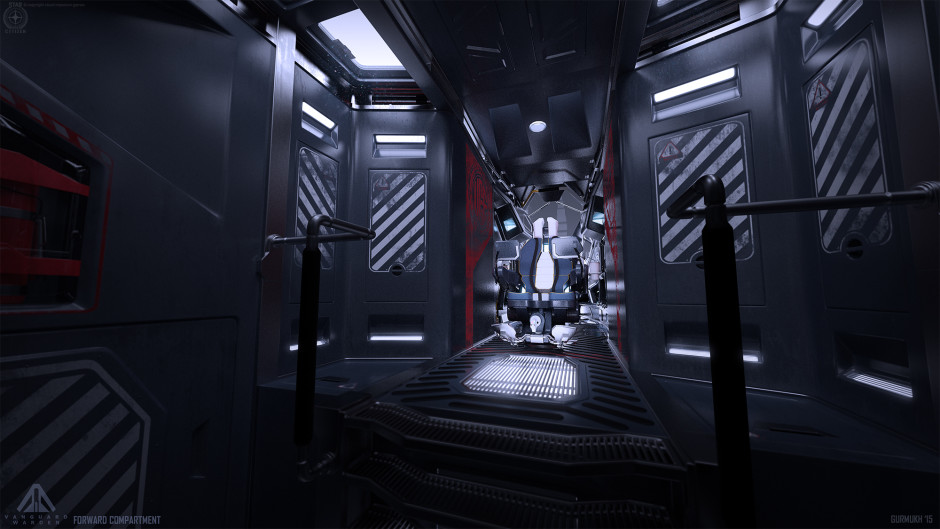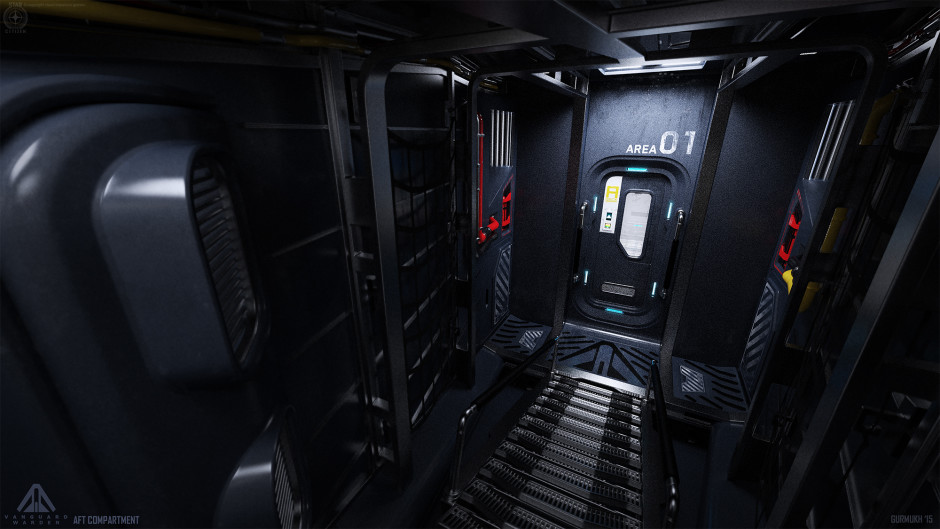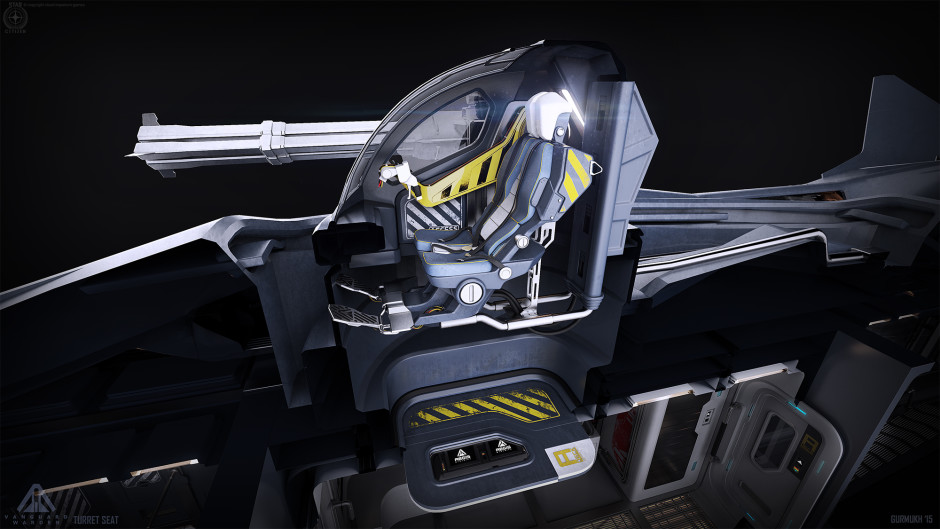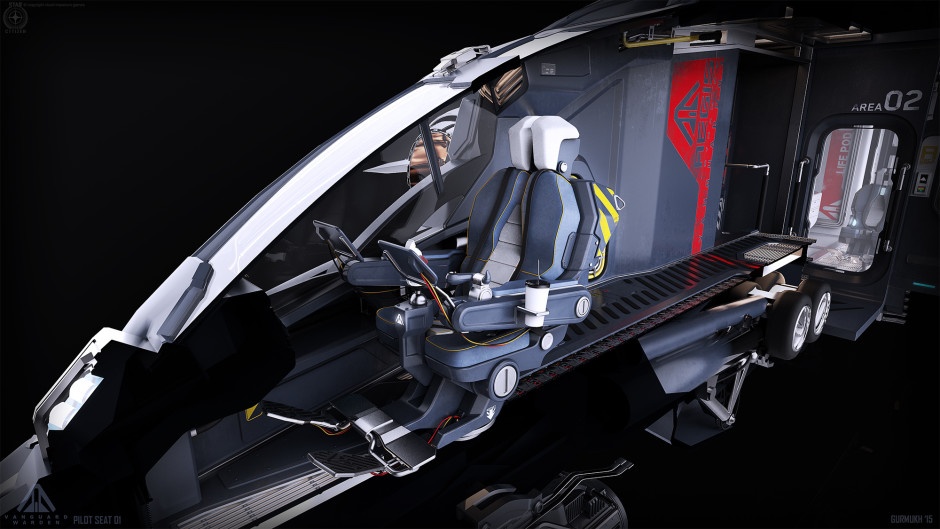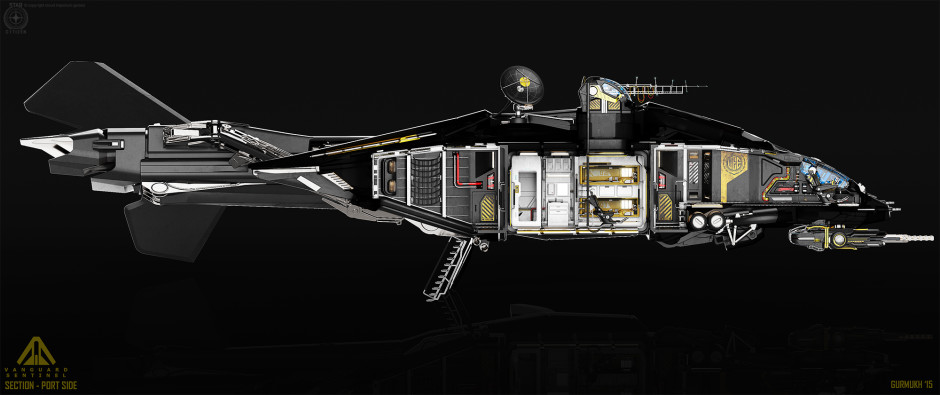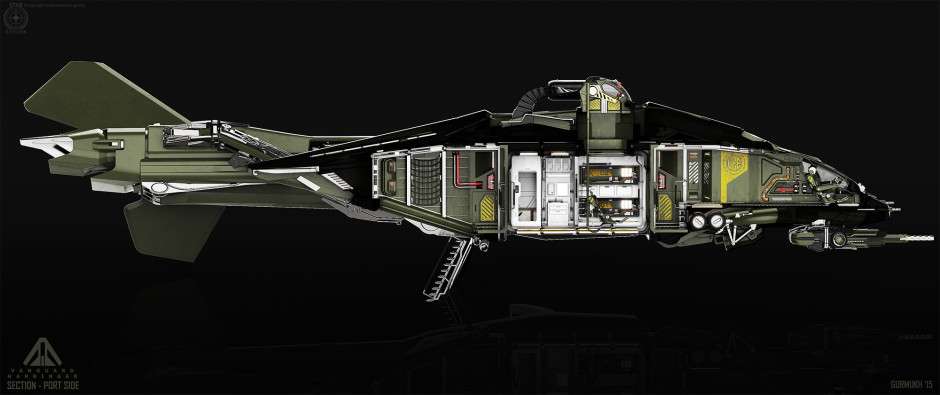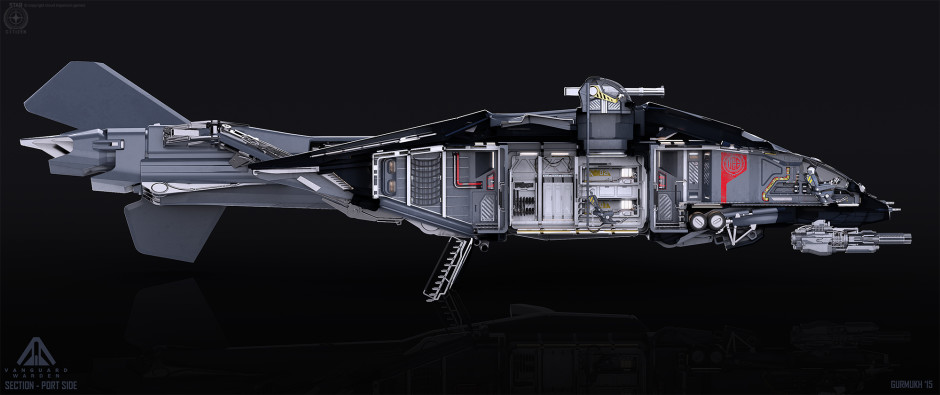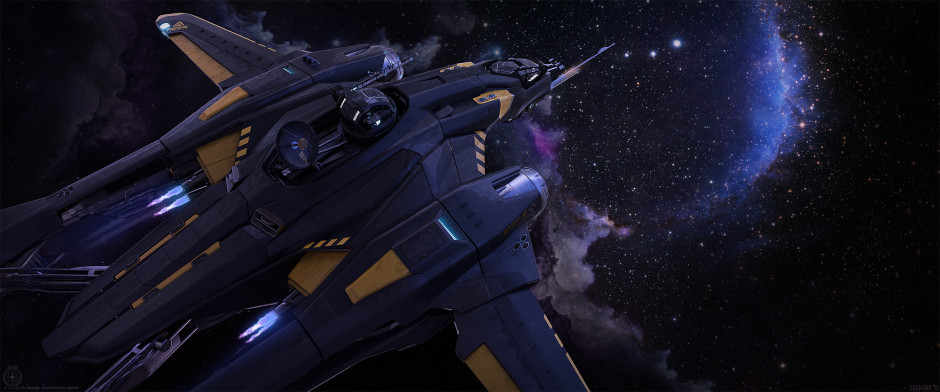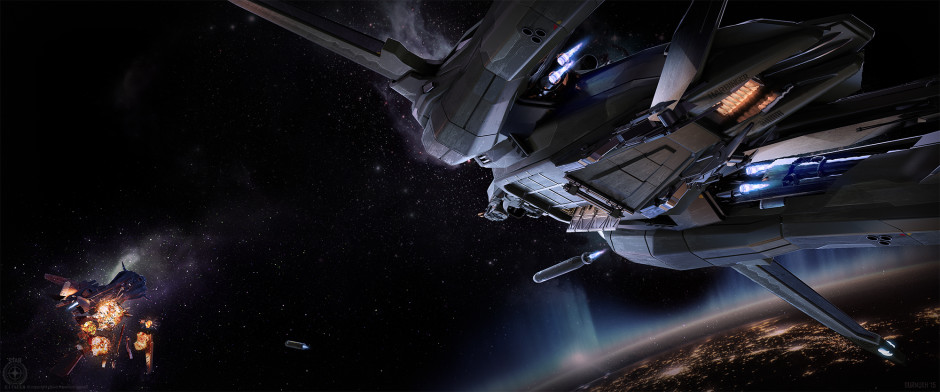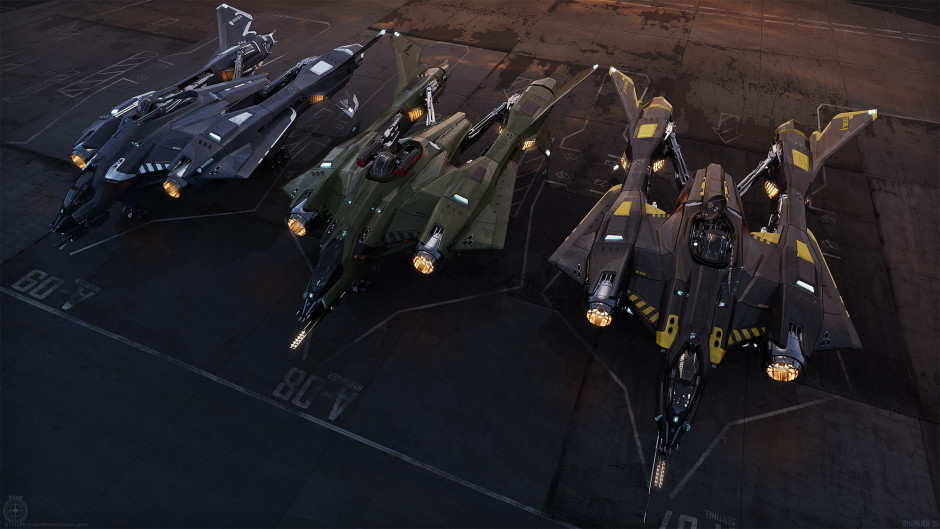Gurmukh Bhasin is a Los Angeles based Digital 3D Concept Artist who started his career as an architectural designer. From boarding school in India and graduate school at the Southern California Institute of Architecture to skateboarding through the streets of Barcelona, he extracts his passion for adventure from his experiences and manifests them in visuals that capture both reality and imagination. He uses KeyShot in his process and tells us why it has been such an instrumental tool in his career.
Gurmukh Bhasin
How did you get into 3d environment and concept art? How did your Architecture studies lay the foundation for that?
I just recently transitioned fully into 3D Concept Art a little over two years ago. My background is in Architecture where I have both my Bachelors’s and Master’s degrees and worked professionally as an Architectural Designer for over 7 years. I did my graduate studies at an exploratory architecture school in downtown LA call Southern California Institute of Architecture (SCI-arc) and that is where I started using Maya as a design tool. I didn’t know it then, but SCI-arc was laying the foundation for my path into wanting to design other worlds, spaceships and more. The education at SCI-arc really encourages you to think outside the box and come up with radical design ideas and logical ways to implement those ideas. My thesis project was a 13 billion square foot building that took over the city of LA, kind of like a parasitic building that slowly took over vacant sites.
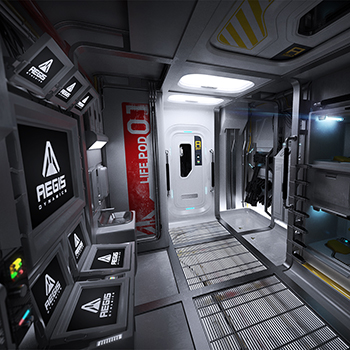 SCI-arc was an amazing place to learn architecture, but once I got into the real world of the practice I was left feeling creatively confined due to so many different reasons. Clients, budgets, building and safety codes, and even gravity held my imagination back from running wild as I wanted. The economy crashed in 2008 and in 2009 I found myself being laid off with half of the architecture firm I was working with at the time, along with pretty much every other architecture firm in LA and the rest of the world laying off most of their employees. For me, this was a blessing in disguise. I had a lot of free time on my hands being unemployed and one day I went with a few friends to an art show at Gnomon school of VFX. At that art show, I discovered concept art and VFX art (I didn’t really know something like that existed as a profession) and I fell in love. I decided then that I wanted to try and make a career switch.
SCI-arc was an amazing place to learn architecture, but once I got into the real world of the practice I was left feeling creatively confined due to so many different reasons. Clients, budgets, building and safety codes, and even gravity held my imagination back from running wild as I wanted. The economy crashed in 2008 and in 2009 I found myself being laid off with half of the architecture firm I was working with at the time, along with pretty much every other architecture firm in LA and the rest of the world laying off most of their employees. For me, this was a blessing in disguise. I had a lot of free time on my hands being unemployed and one day I went with a few friends to an art show at Gnomon school of VFX. At that art show, I discovered concept art and VFX art (I didn’t really know something like that existed as a profession) and I fell in love. I decided then that I wanted to try and make a career switch.
It took me about 4 years of creating an entertainment portfolio in my personal time, taking classes at Red Engine and Gnomon, teaching myself all I could on Maya, Rendering, Photoshop, illustration, and concept art through the internet and going to as many workshops as I could. I had too many student loans to be able to go back to school fulltime and I had to have a fulltime architecture job to pay the bills. It was a rough 4 years doing what I could to make the switch happen, but it all worked out in the end.
Looking back on my path to getting to where I am today I wouldn’t change a thing. I love going the architecture education and profession route to concept art because I feel like it helps bring a sense of believability to my designs. I go about my spaceships and environments as if I were building these things in real life, making sure the dimensions and details make sense and doing what I can to practically engineer things as if they are real.
What are some highlights throughout your career?
I would say the biggest highlights in my career so far have been just a few things. The first one was getting my Master’s degree from SCI-arc as it was probably the most important part of my design education and shaping of the way I think like a designer overall. At SCI-arc I really learned to think in ways I would have never thought possible and it really opened me up to a whole new world of design. What I learned is priceless (even though I am still paying those student loans, haha!)
The second most important highlight in my career was breaking into the entertainment industry as a Concept Artist. There were so many people who told me I wouldn’t make it along the way, so many people who told me I was making a mistake, doing it wrong, so many times I wanted to give up and wondered if I should just focus on my Architecture career. Making that career switch has shown me that nothing is impossible and that this is just the beginning. So many industries need good design so I don’t see the need to be restricted to just Entertainment or Architecture as a designer. I hope to one day provide design ideas for many industries.
How did you get involved with Cloud Imperium Games and Star Citizen?
Around 2010 I went to a Concept Art workshop in Pasadena where there were 10 artists presenting their work for two hours each. While at that workshop one of the presenters was a Concept Artist named David Hobbins who did a lot of his design work in Maya. Most other Concept Artist I had met were designing everything in 2D but in architecture school, I learned 3D design and wanted to do concept art that way. I loved David’s designs and his process of design and after his presentation, I asked if I could be in touch through email for design advice and critiques. He gave me his email address and from there we started to build a relationship. At first, I didn’t want to bother him too much so I would write to him once every 6 months or so asking him for a critique on my latest work. Eventually, we would start skype calls every once in a while and then met up for coffee.
One day he hit me up and asked if I would be interested in working on Star Citizen. He was working in house as a Concept Artist and it was getting to the point where he needed someone else to help as there was a lot of work to do. I was really excited and came in as jr. Concept Artist. The early days of working at CIG was awesome for me. David and I worked in a small office together where we would close the door and have really fun design discussions. We would bounce design ideas off of each other, pass things back and forth when we got stuck and he really helped me grow as a Concept Artist. Unfortunately for me he moved on to another project and we only worked together for 4 months. But we are still really good friends, and I hope that we get to work together again soon!
What would you say is unique about your approach to a project?
I think my approach to concept art is what is unique, and I feel like it all stems from my background in Architecture. Concept Art is mostly the job of generating ideas really quickly, keeping the ideas really loose and giving just enough information to sell the idea and then pass it down the line for someone else to figure out. However, for me, I want to take my time with design and figure everything out. I want to make sure that what I am designing doesn’t just look cool but actually works. That is one of the reasons I use Maya as my main design tool. That way I know that everything works, I know what the dimensions are, I know if there is clipping.
I probably go about being a Concept Artist in the wrong way because I am not just generating quick ideas, and I often feel like I am taking my concepts further along than I am supposed to. But to me, it is all about design and functionality and making sure what I design feels real and works. If I am allowed to, I keep my 3D models as clean as possible while working and make sure my geometry is modeled perfectly for Sub-D’s as it helps me figure out design as if I am building a real thing. That is all dependent on how long I am given on a project though. If I have to work quick, I can, it just isn’t how I prefer to work.
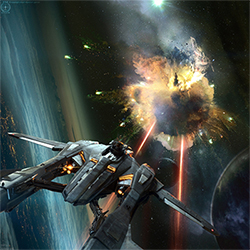 What is your primary 3D modeling software?
What is your primary 3D modeling software?
Maya is my main 3D modeling software and my main design tool. It is what I started learning in graduate school as a tool for exploratory Architectural design, and I really love using it. I have been using it for 10 years now and it just feels like an extension of my body at this point. I am bias to it, but I personally think it is the best modeling software out there. It is a little difficult to pick up at first, but just like with anything, the more you use it, the easier it becomes. With Maya, I feel like I can design and build anything my mind can think of, and I love that feeling.
Where in the process do you use KeyShot?
I use KeyShot throughout the design process. It is now super easy to transfer your mesh between Maya and KeyShot with the new plugin, so I will often send over a part I am designing to see it really quick with materials and lighting to test out the design and see if there is anything I need to change. The spaceships I work on for Star Citizen can take a bit of time to complete so throughout the process I will have to show what I am working on to help sell what I am doing and quick KeyShot renders come in really handy. Often I will even just show my concepts directly in KeyShot and rotate it around as the real-time render updates so quickly and whoever I am showing it to can get a really good idea of how it looks.
What makes KeyShot an important tool to have?
KeyShot is such an important tool in my pipeline because it is so fast and easy to use. Over the other render engines I used to use, KeyShot has an amazing materials library, lighting library and all I need is just a few sliders and tweaks to get my design looking the way I want it to. KeyShot keeps me in artist mode when creating my renders, and has become an important design tool to me, instead of something I just use to make final renders. I really love how material and lighting updates are made in almost real-time and I know what I am getting as my final image quickly. All the new updates in KeyShot 6 make KeyShot an even better tool to use in the design process.
What advice would you give to someone interested in doing what you do?
I guess the advice I would give someone wanting to do what I do is, do what makes you happy and what you think is right. Work hard and put your heart and soul into the work you do. And if you aren’t happy with where you are at, it is never too late to make a change. I have taken a long windy road to get to where I am at today, but I think it is my experiences that make me who I am as a designer and a person, and I know I still have a long road ahead of me with lots to learn. I wouldn’t change my crazy career path for anything as I believe each part of it has its purpose. I feel like people who try to take shortcuts straight to the top miss out on so many things that can be life changers, and I am a firm believer in taking the scenic route to get where you are going. Take your time learning real design as that will make your work stand out from others. You often see some of the best concept artists having initially started as engineers, physicists, industrial designers, architects and professions like that before switching into entertainment. It is their design intuition that has been formed over many years of education and practice that makes them great concept artists.

